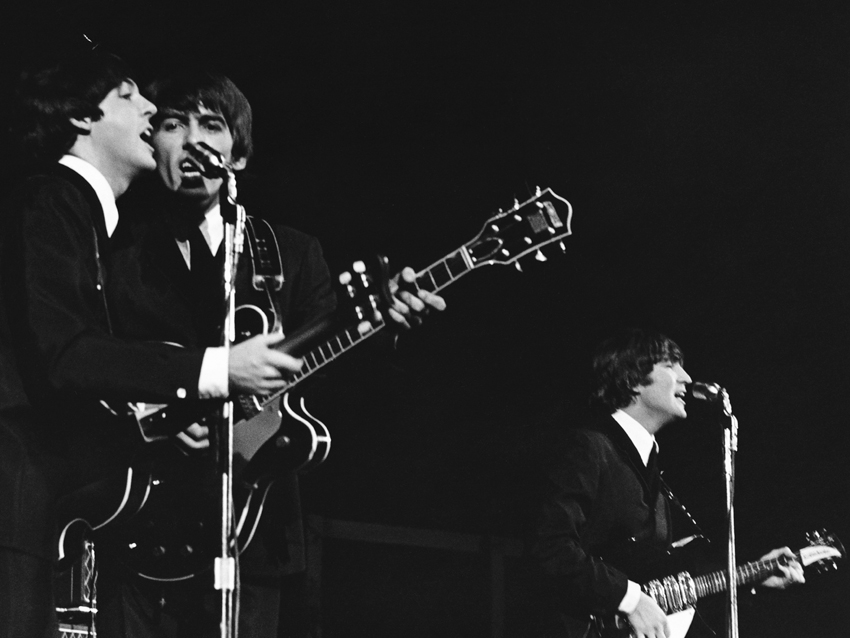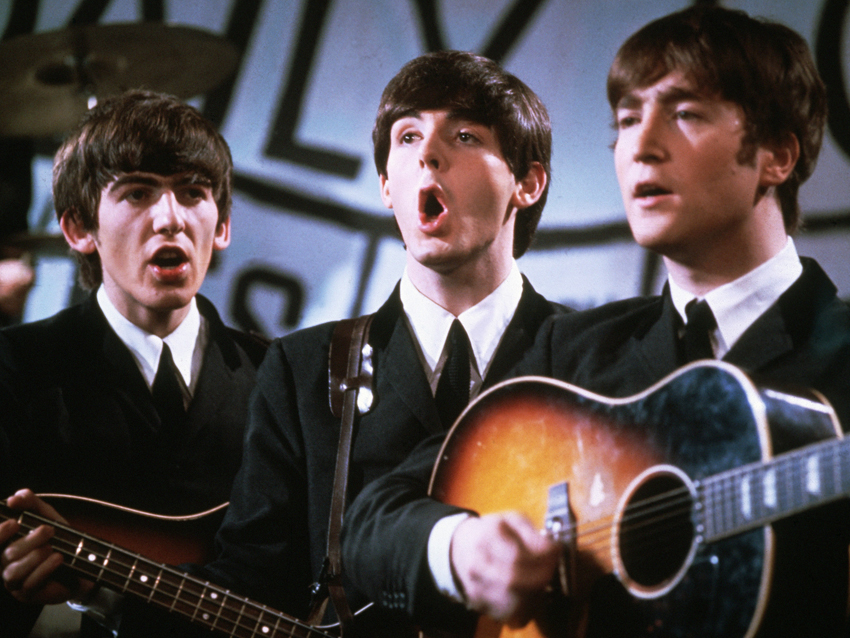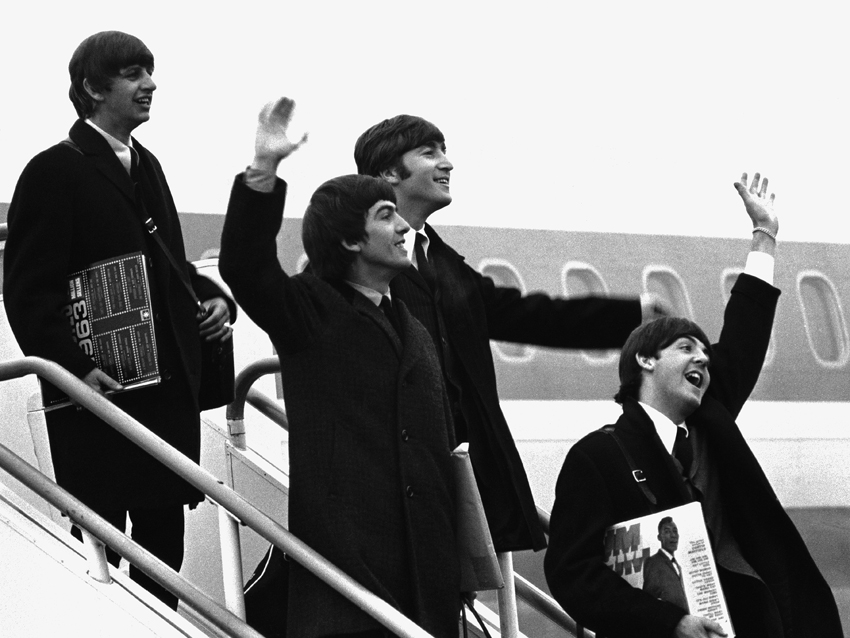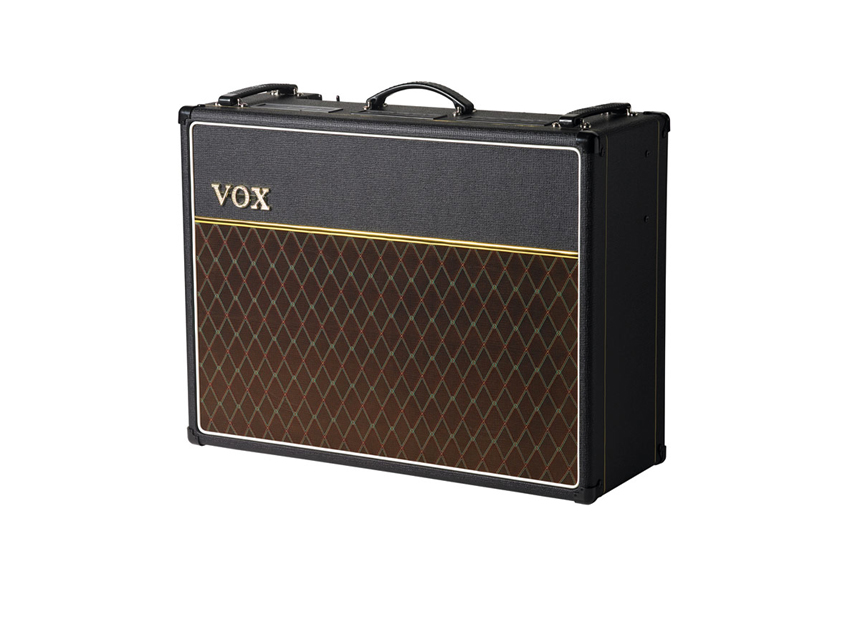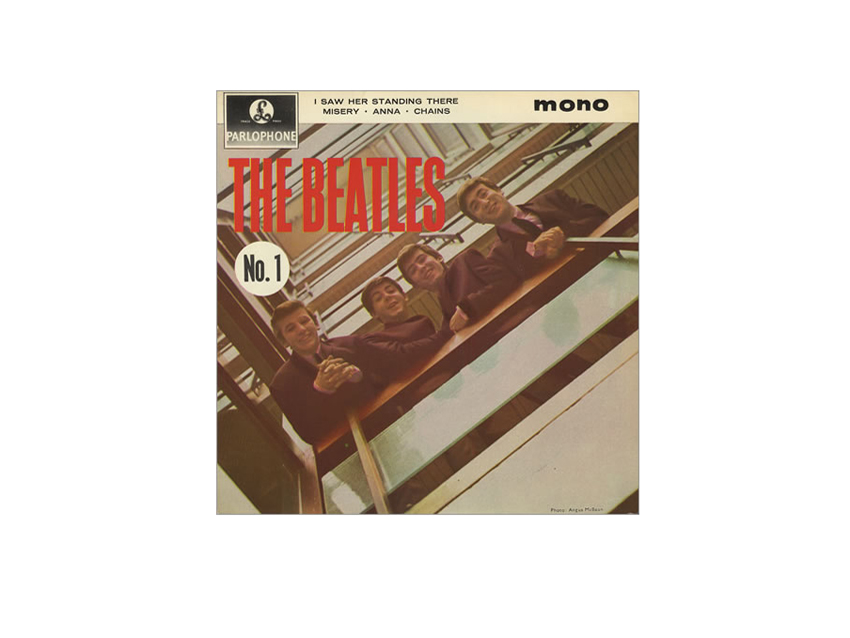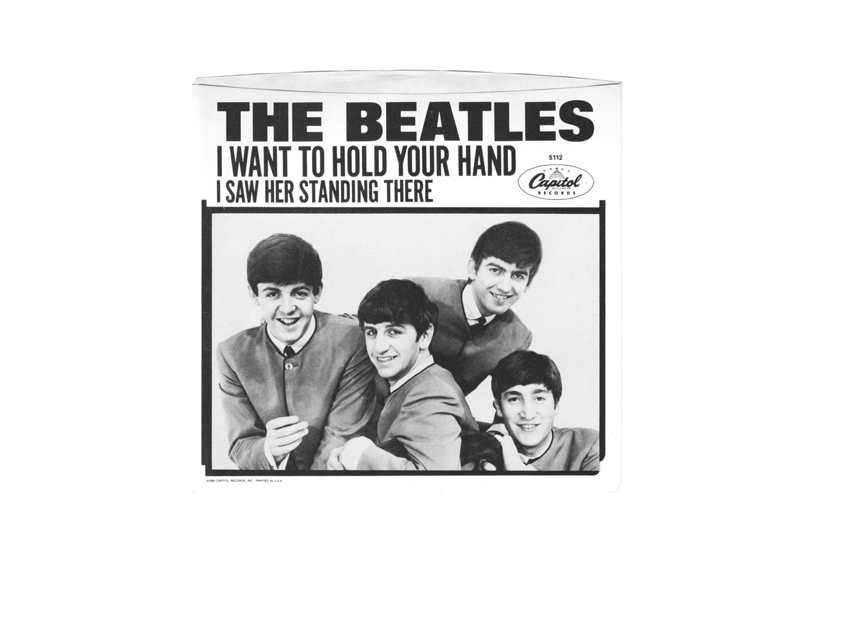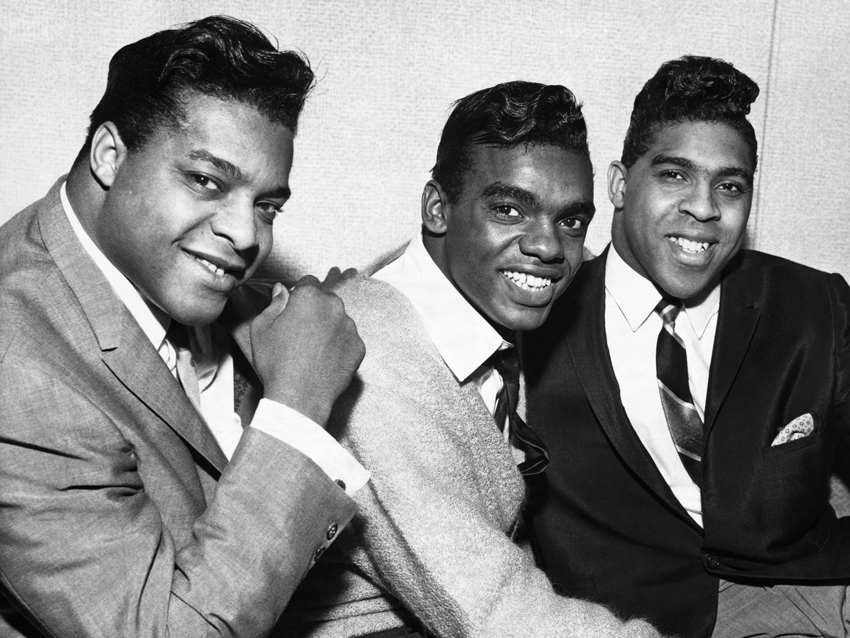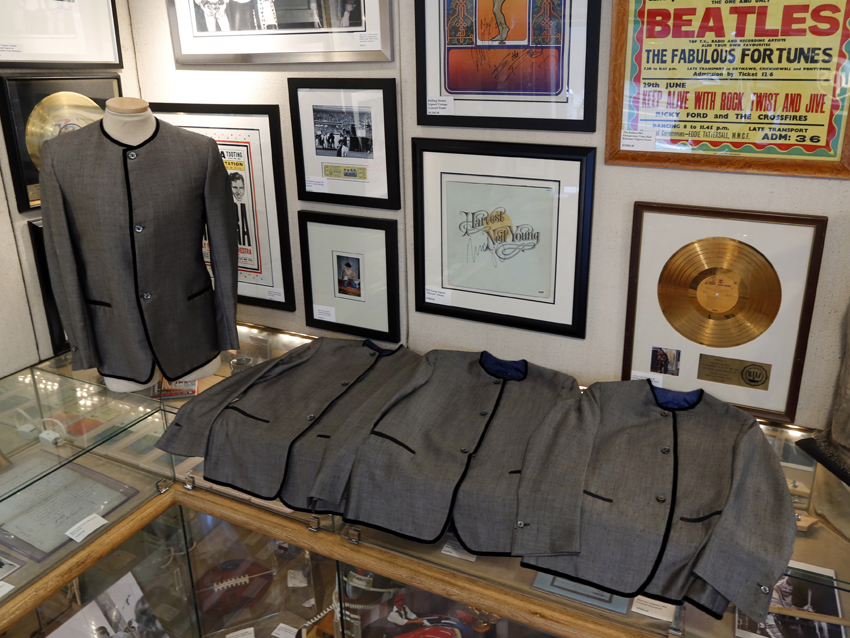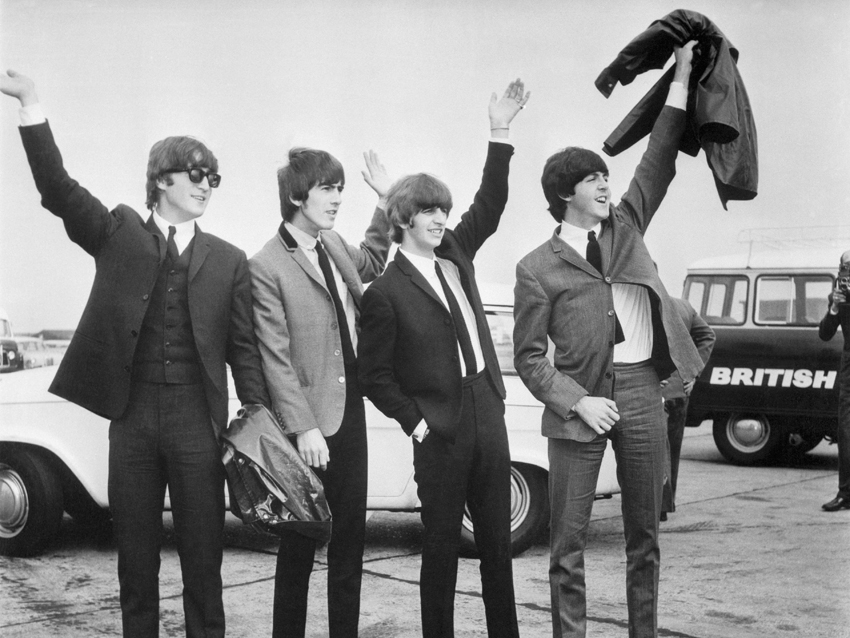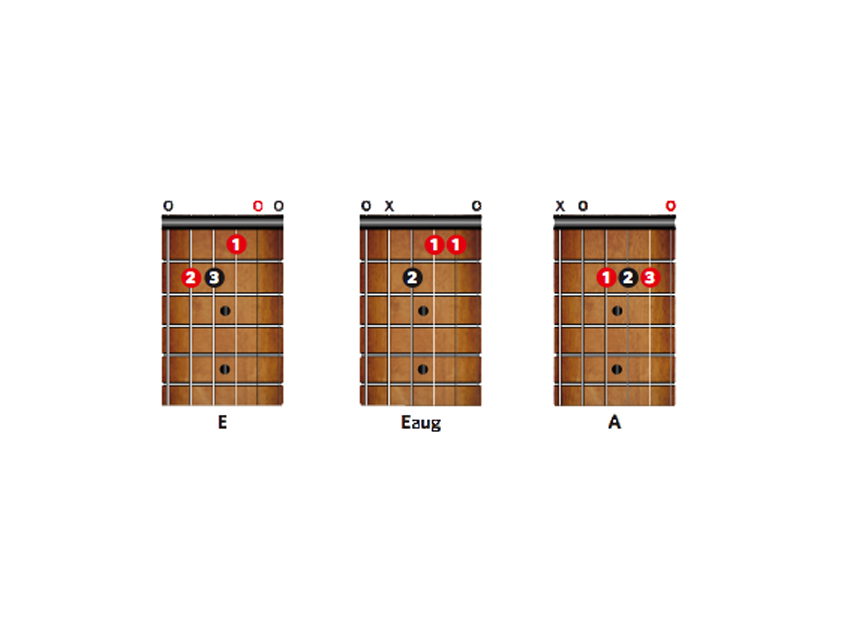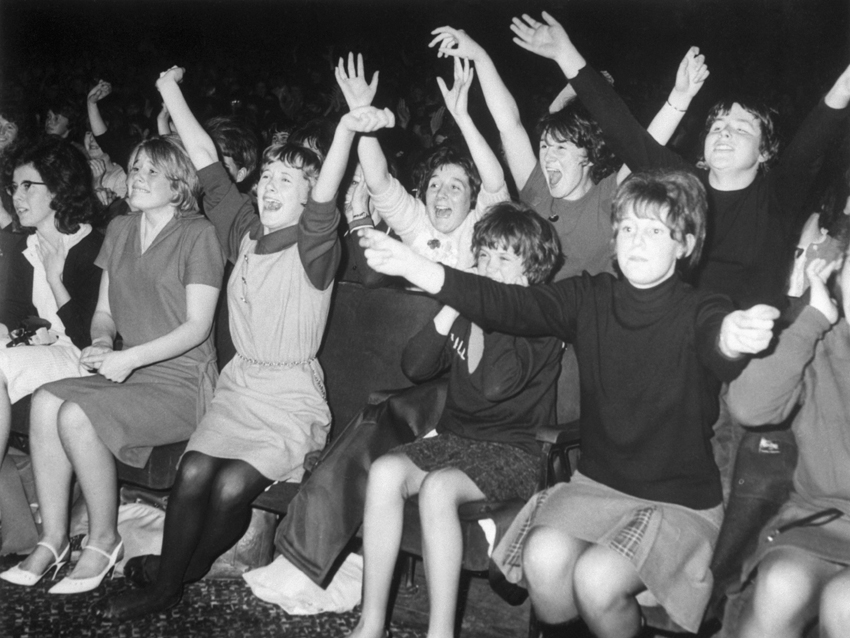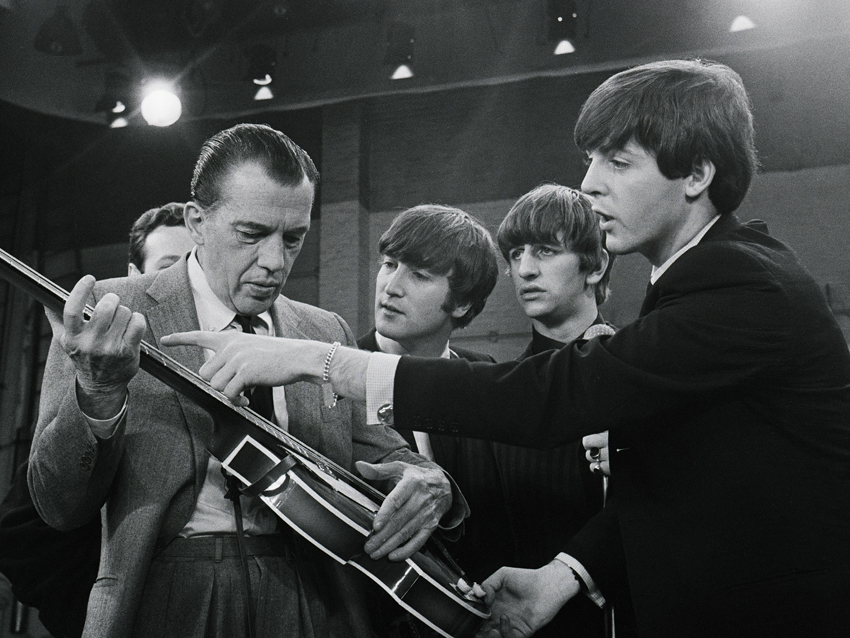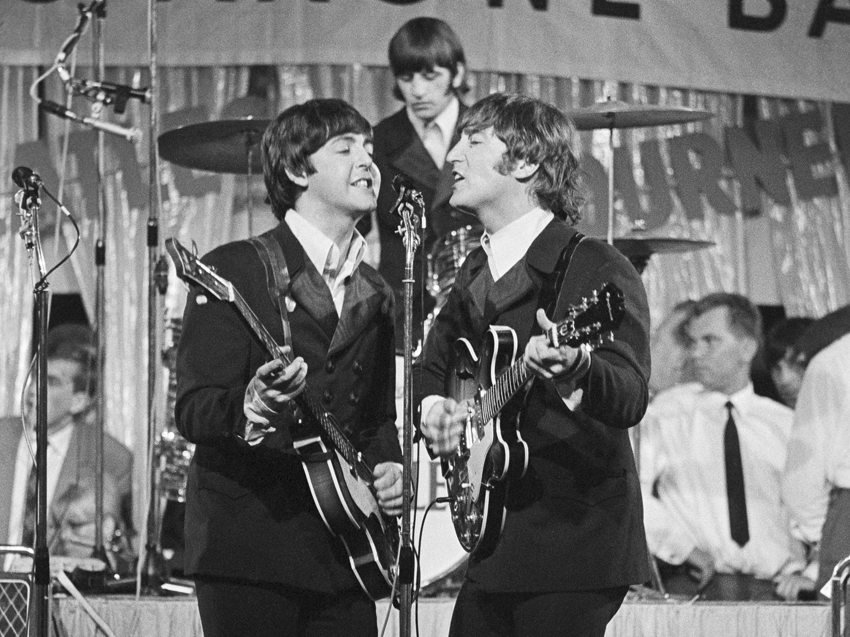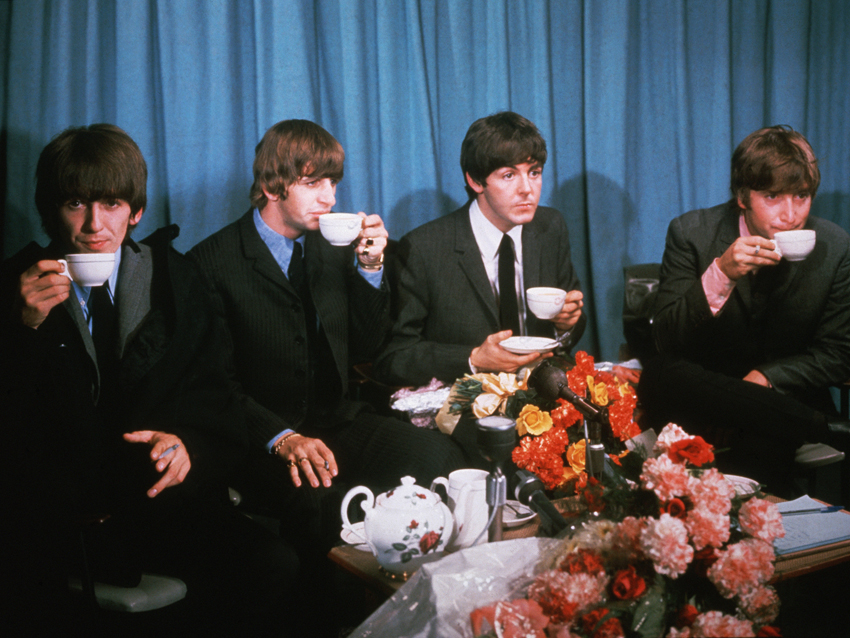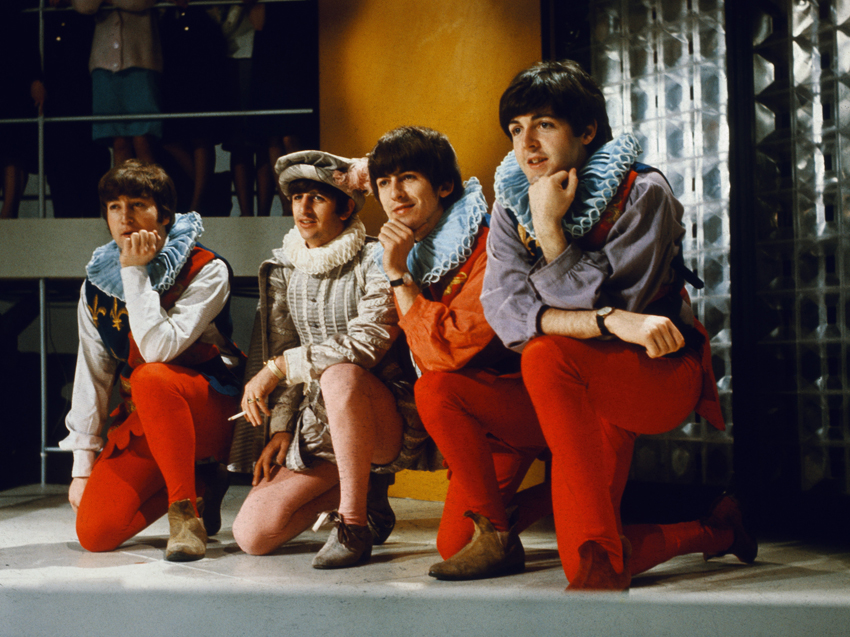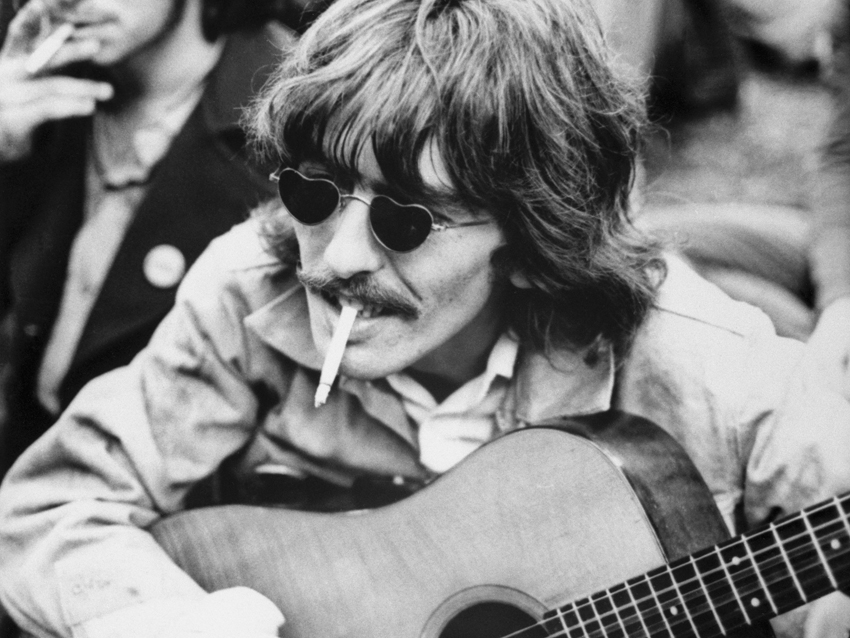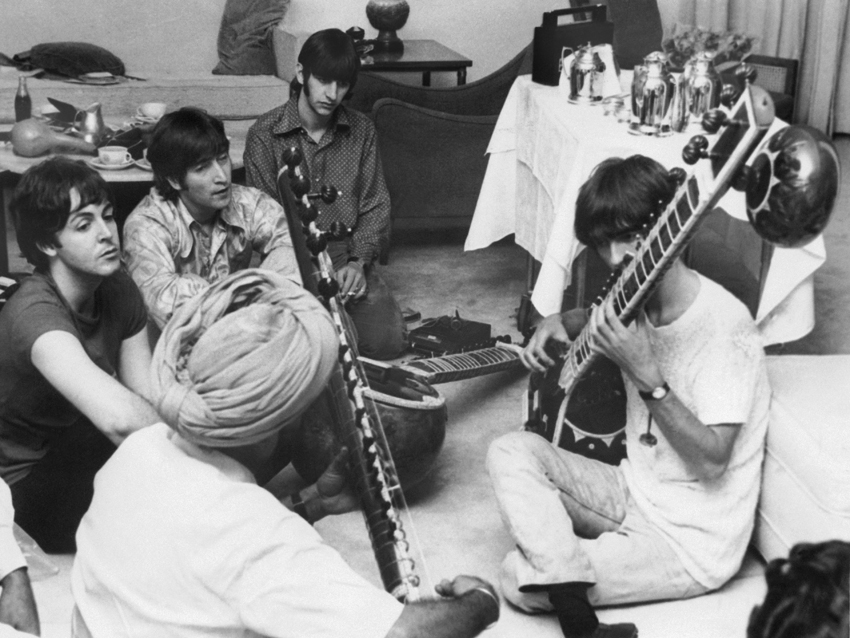30 lessons Beatlemania taught us
The ultimate guitarist's guide
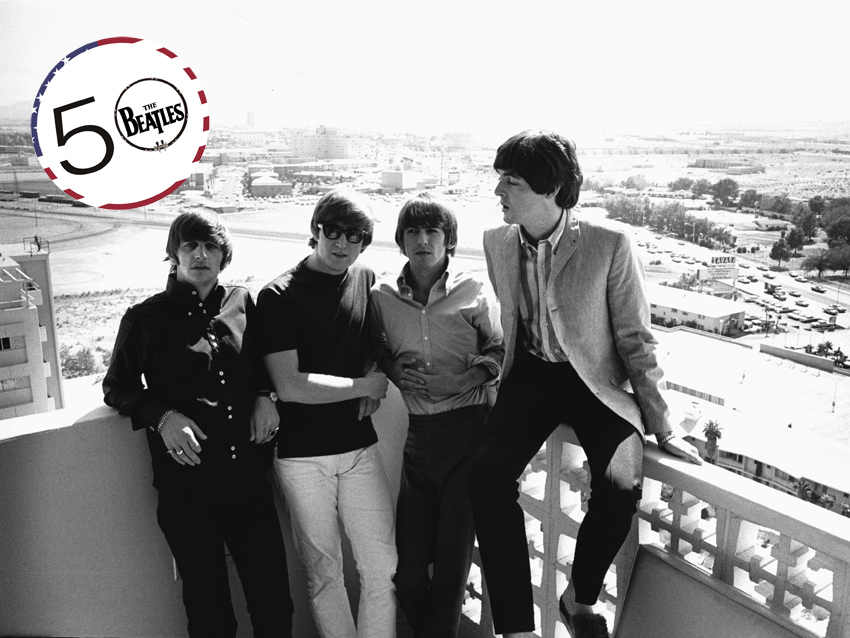
30 lessons Beatlemania taught us
THE BEATLES IN THE USA: Whether you want to learn the guitar or improve your playing and songwriting, there's no better educational establishment than The Beatles' school of six-stringery.
Not only were the Fabs guitar maniacs who (famously) in their youth travelled all the way across Liverpool to find out how to play B7, but they were also relentless in their quest for new chords, new sounds and new ways of doing things.
All of which is pretty handy for guitarists looking for tips. After all, who better to look at than the most successful guitar band in history?
So, without further ado, here's our rundown of the greatest lessons Beatlemania taught us...
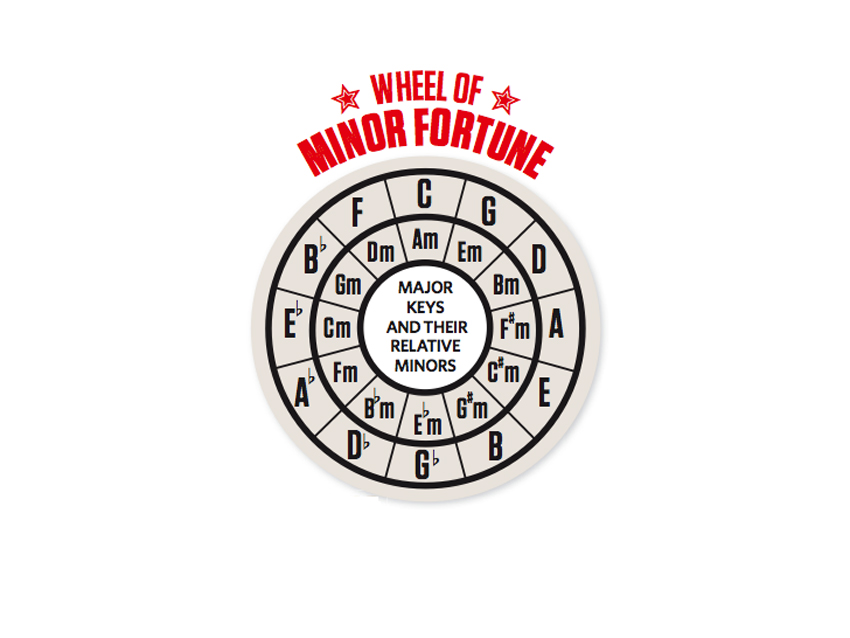
The key's the thing
It’s all relative
Listen to All I’ve Got To Do and you’ll hear two chords dominating: E and C#m. These are relative major/minor chords. The verse shifts between each chord as the tonal centre, never really settling on either.
Stray from the key
Based around E and A chords, the verse in Please Please Me is in E major. However, the break in the middle of the verse ‘borrows’ a G chord from the key of E minor, so the run is: E-G-A-B. It’s a momentary change of harmony and mood.
Parallel major/minor
Another classic Beatles move is the ‘parallel’ major to minor change. Try A-Am-E. It’s a basic change from A to E, except that the all-important Am leads you chromatically into the E chord.
Work out your relative minors
Learning the relationship between major chords and their relative minors unlocks all kinds of musical possibilities. If all of this talk of relativity is fogging your brain, you can use this simple method – start with the major chord of the key that you’re in, and move down three semitones. Or use our diagram to help you.
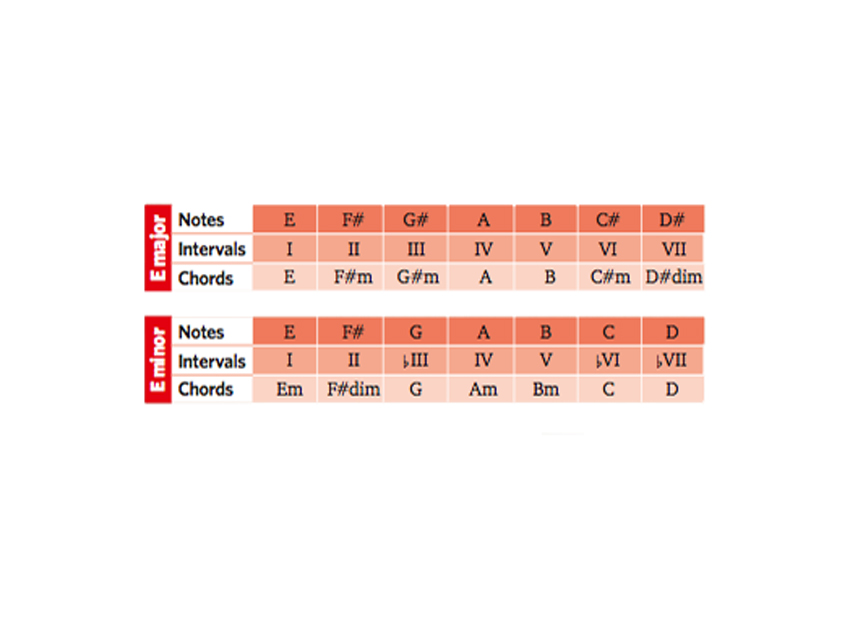
Learn your chord numbers
We’ve mentioned using different chords from the key you’re in.
These are displayed as Roman numerals, meaning they can be used no matter what key the song is in. Working them out isn’t as tricky as you might think. The diagrams above give you the notes, intervals and chords in the keys of E major and E minor.
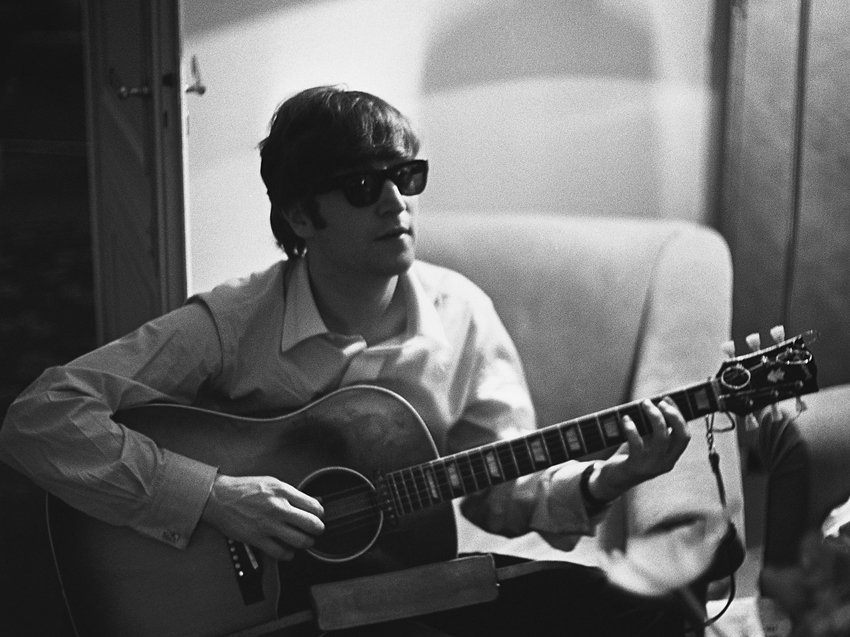
Master the I-IV-V progression
Freshen up the staple rock ’n’ roll I-IV-V progression with a brief detour out of the key signature, just as the Fab Four do at the end of each verse in I Saw Her Standing There.
Make sure you know the vital progression and experiment to include other chords. Try moving to the bVI or bVII instead.
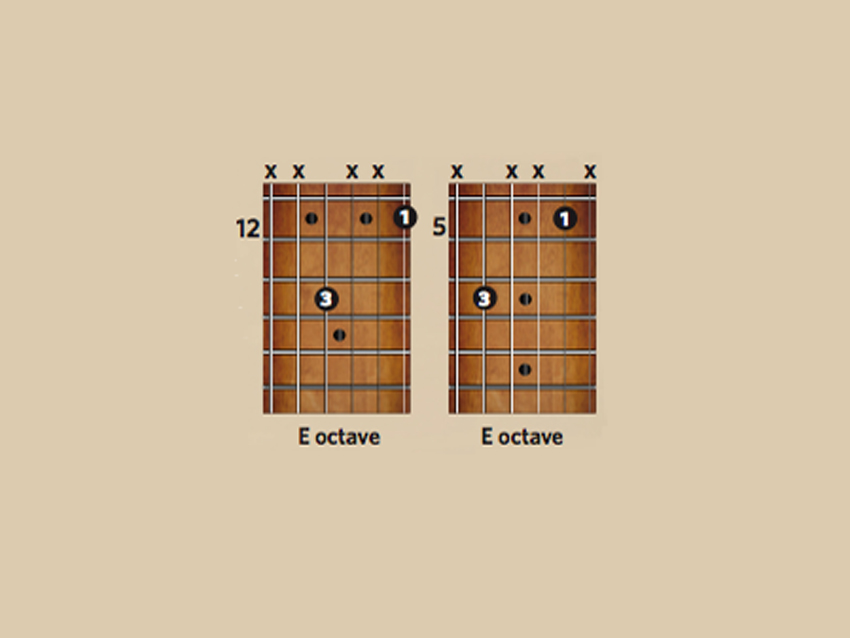
George's octave shapes
In songs such as Please Please Me George Harrison would use the octave shapes shown here, instead of the more common shape played on the fifth and third strings.
There is no great benefit to this other than comfort. That said, if you transfer these shapes to a 12-string guitar you will find a different arrangement of the notes in various octaves, so it is worth experimenting.
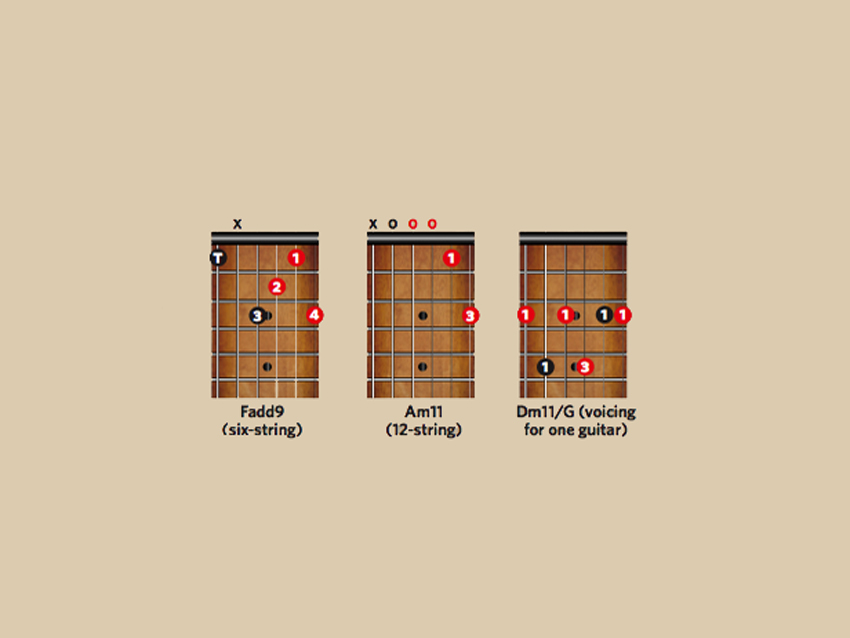
The 'A Hard Day's Night' intro chord
The exact way to play this chord has long been the subject of debate and many voicings of the chords have been suggested over the years.
The guys from London-based Beatles show Let It Be Live use an Fadd9 played on a six-string guitar and an Am11 played on the 12-string guitar. This was accompanied by a D note on McCartney’s bass. Mixed together, the notes form a Dm7add11, but you can play it as a Dm11/G if you’re playing on one guitar.
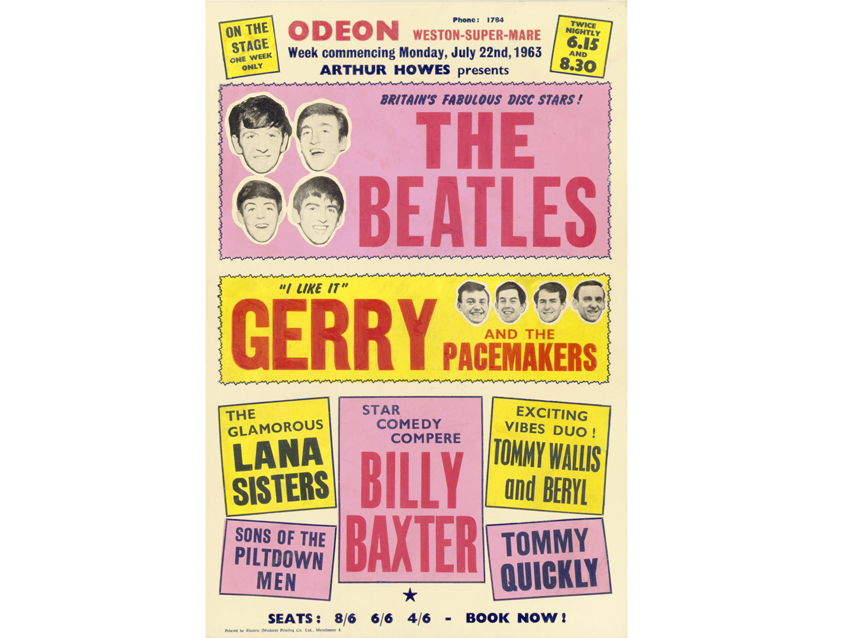
Hone your craft
Hundreds of performances under their belt meant that by the time they came to record Please Please Me, The Beatles were tighter than a gnat’s arse.
As a result, their debut album was recorded in just under 10 hours. The lesson? Put the work in and you’ll sound better, and save money!
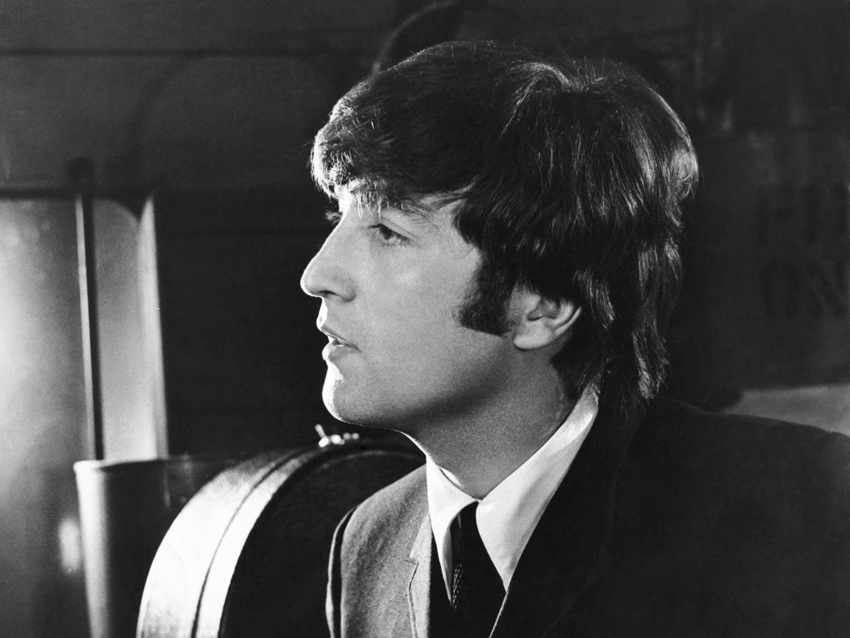
Play like John
John Lennon once famously said, “Before Elvis, there was nothing.”
No surprise, then, that US rock ’n’ roll provided the principal influences for his early playing style, as well as rockabilly and skiffle. His guitar role during The Beatles’ early years was mainly confined to rhythm, laying down solid grooves, establishing harmonic foundations and providing a backdrop for George Harrison’s infectious riffs and carefully crafted solos.
John mainly played electric, but he also played acoustic on both ballads and up-tempo numbers, using simple eighth-note strum patterns copied from early rock ’n’ rollers like Buddy Holly. The most important part of recreating John’s style is to play aggressively, and to pay attention to the way he uses minor chords, often in major progressions.
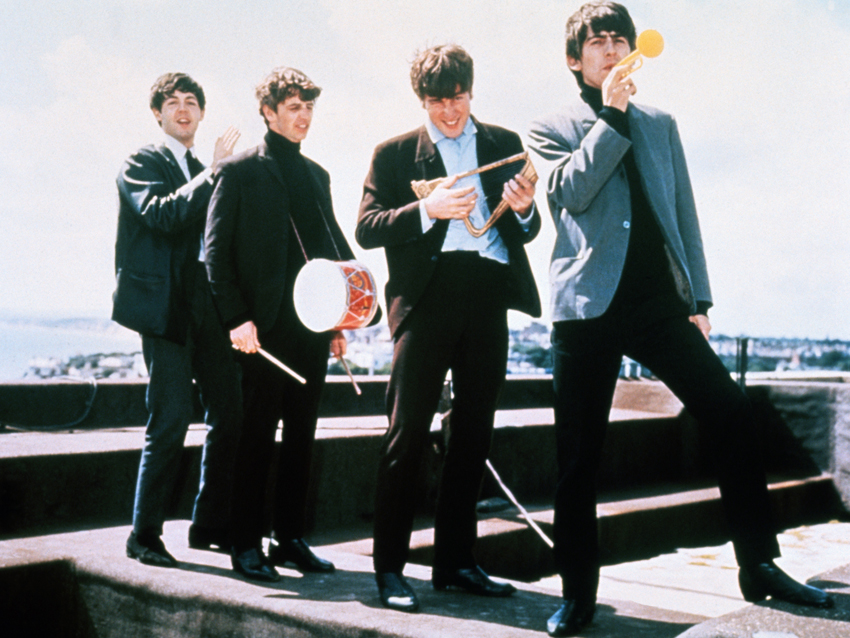
The I-II-IV-I progression
It may or may not be fair to say the Beatles ‘pioneered’ the I-II-IV-I progression in Eight Days A Week, but the sequence crops up in their later work, too.
You Won’t See Me and Sergeant Pepper’s Lonely Hearts Club Band are two prime examples of the band’s willingness to return to a musical staple.
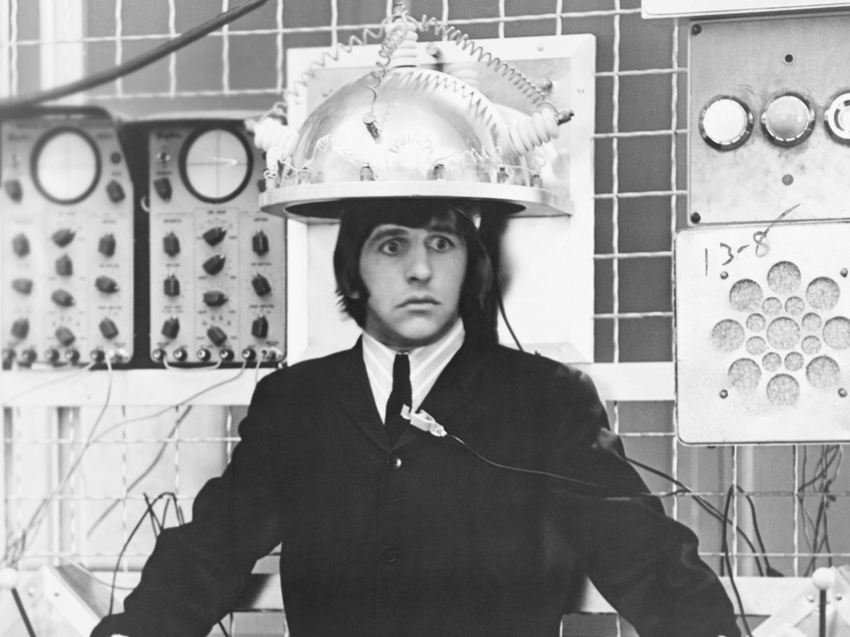
Using deceptive cadences
.In a classic I-IV-V chords progression, there’s always a sense that the V chords should be followed by the I.
The effect is called ‘resolving’, and the sense that a musical line is coming to an end is known as a ‘cadence’. Just play the open chords D7 (the V), then G (the I) to hear it in action. The Beatles would often challenge the listener by deliberately heading off to a different chord after the V.
For example, in Do You Want To Know A Secret, the VI follows the V, giving a sense that the root chord isn’t ‘home’. Try it – start with a I-IV-V progression (E-A-B, for example), and try heading to C#m, F#m or G#m after the B chord.
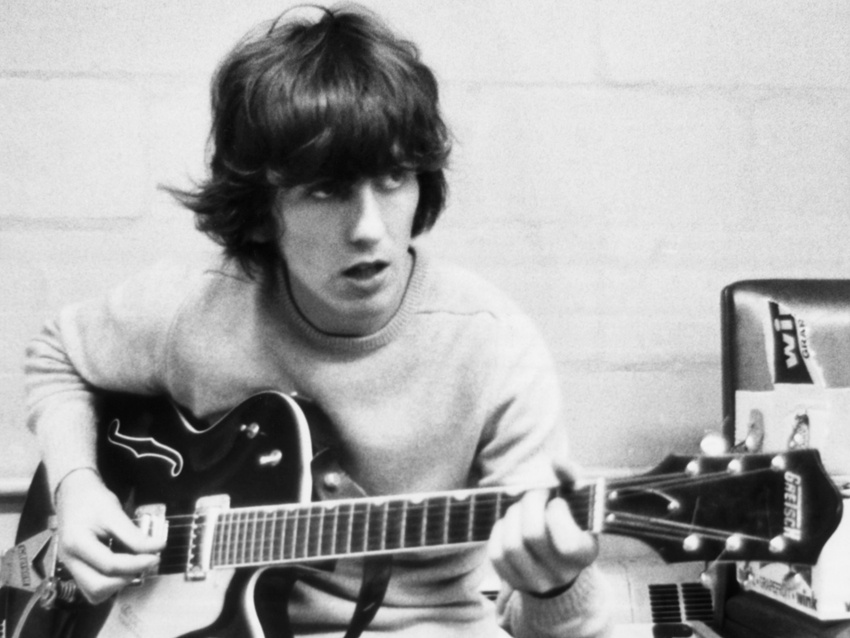
Constant chords
The Beatles made this tip their own, but this trick has been employed by loads of people from Oasis (Wonderwall) to Foo Fighters (Best Of You) ever since.
When choosing your chords, try to stick to inversions where the higher notes remain at a constant pitch throughout the progression. It works particularly well if these notes are open strings, for some extra resonance.
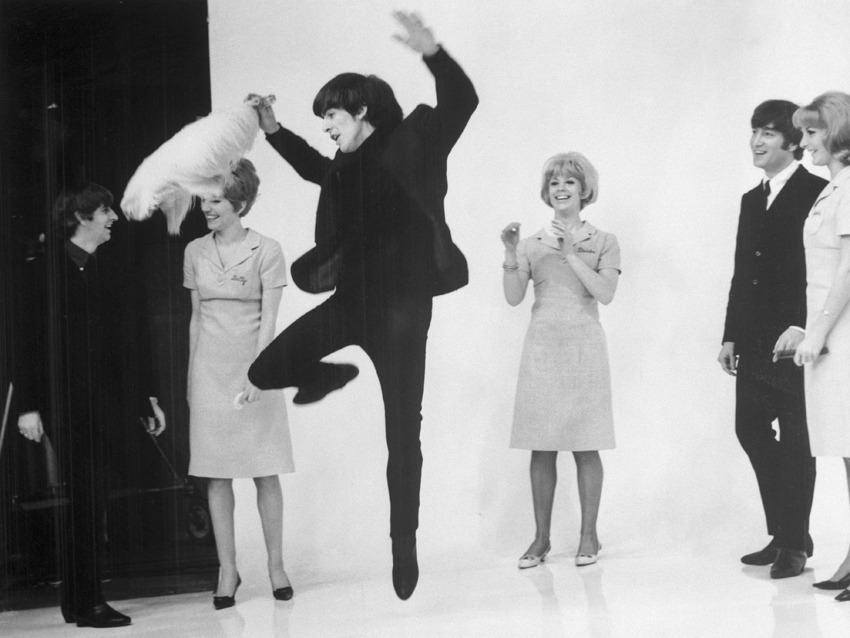
Play like George Harrison
George Harrison was the archetypal lead guitarist.
Like all great players, his style was the result of an eclectic mix of influences. Big Bill Broonzy, Django Reinhardt, Slim Whitman, Chet Atkins, Carl Perkins and Lonnie Donegan were all inspiration for the young Harrison. By listening to a wide range of styles – blues, jazz, country, rockabilly and skiffle – he was able to develop his own individual sound and identity.
Learning his craft by copying the playing he heard on records, George demonstrated a fluent soloing style from the start of The Beatles’ career. His role in the band was clearly defined as that of the ‘lead’ guitarist, adding memorable riffs, licks and solos that defined the band’s sound.
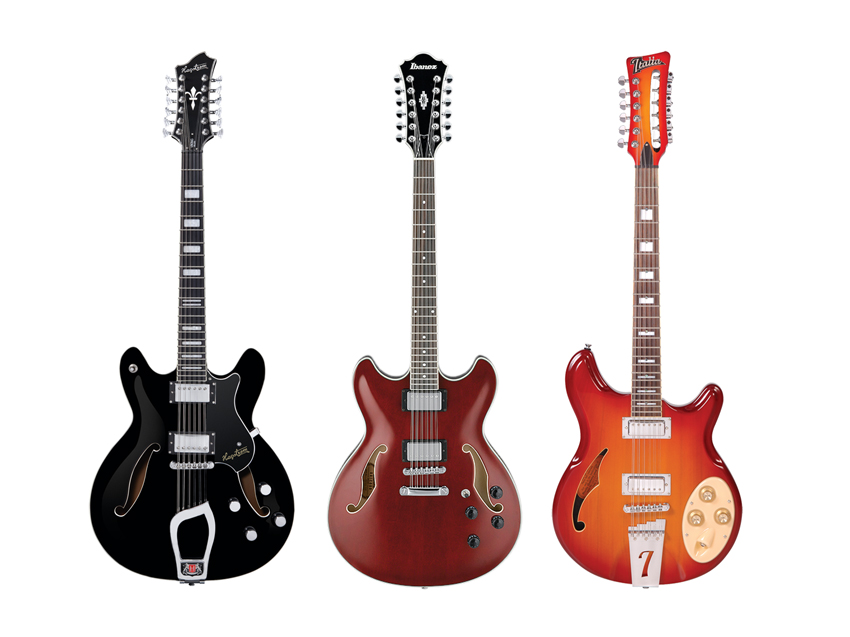
The power of 12
On top of the Vox’s distinctive sound, The Beatles added extra chime to their tunes by using 12-string guitars.
The four lowest strings are tuned in unison pairs – an octave apart – while the two highest strings are tuned to the same register as normal. The result is a huge natural chorusing effect that is brimming with sweet harmonics.
Three affordable 12-string electrics include:
◆ Italia Rimini ITR12 (£579/$945) With a retro vibe that’s verging on Rickydom, Italia’s Rimini 12-stringer certainly looks the part. It should sound it, too, thanks to two Wilkinson vintage-voiced soapbar humbuckers, while the unusual six-plus-six tuning key layout eases the pain of tuning a dozen strings.
◆ Hagstrom Viking DLX 12 (£669/$1100) By Odin’s beard, this is a formidable axe to behold! We’re big fans of Viking semis here at TG, and this 12-string promises tones ranging from vintage cleans to menacing roars, and Hagstrom’s Resinator Fretboard to wring additional high-end frequencies from the maple body.
◆ Ibanez Artcore AS7312 (£389/$635) The cheapest of our trio, the AS7312 still looks the business. Its pair of Ibanez ’buckers are mounted to a sustain block within the maple body, which reduces feedback and makes the guitar easier to handle on stage.
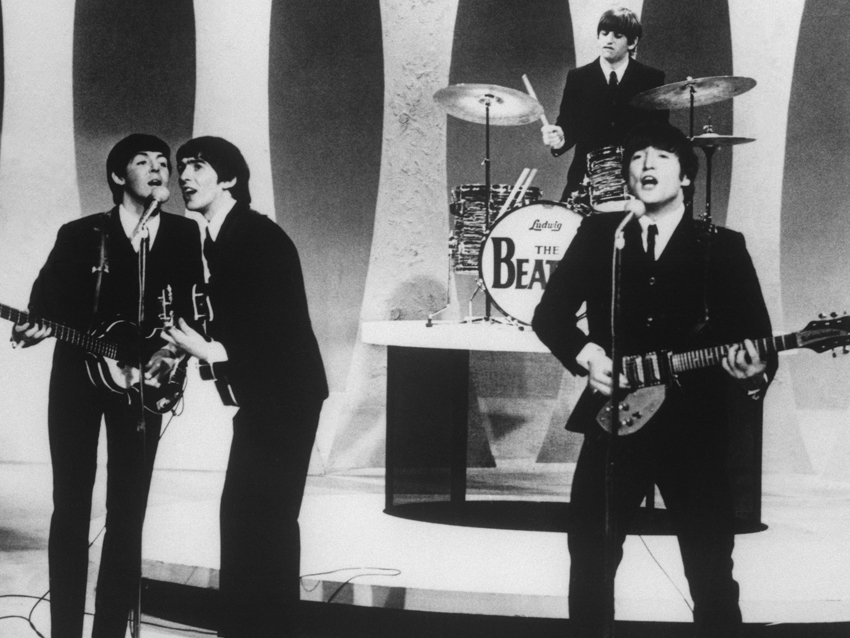
Banjo chords
John Lennon’s background as a skiffle player is ingrained in some of his chord shapes – derived from banjo playing.
Most notably is this D/F#. It’s fretted by playing a standard D shape, and fretting the F# at the 4th fret with your fourth finger. Try moving it around the neck for different sounds!
Total Guitar is Europe's best-selling guitar magazine.
Every month we feature interviews with the biggest names and hottest new acts in guitar land, plus Guest Lessons from the stars.
Finally, our Rocked & Rated section is the place to go for reviews, round-ups and help setting up your guitars and gear.
Subscribe: http://bit.ly/totalguitar
